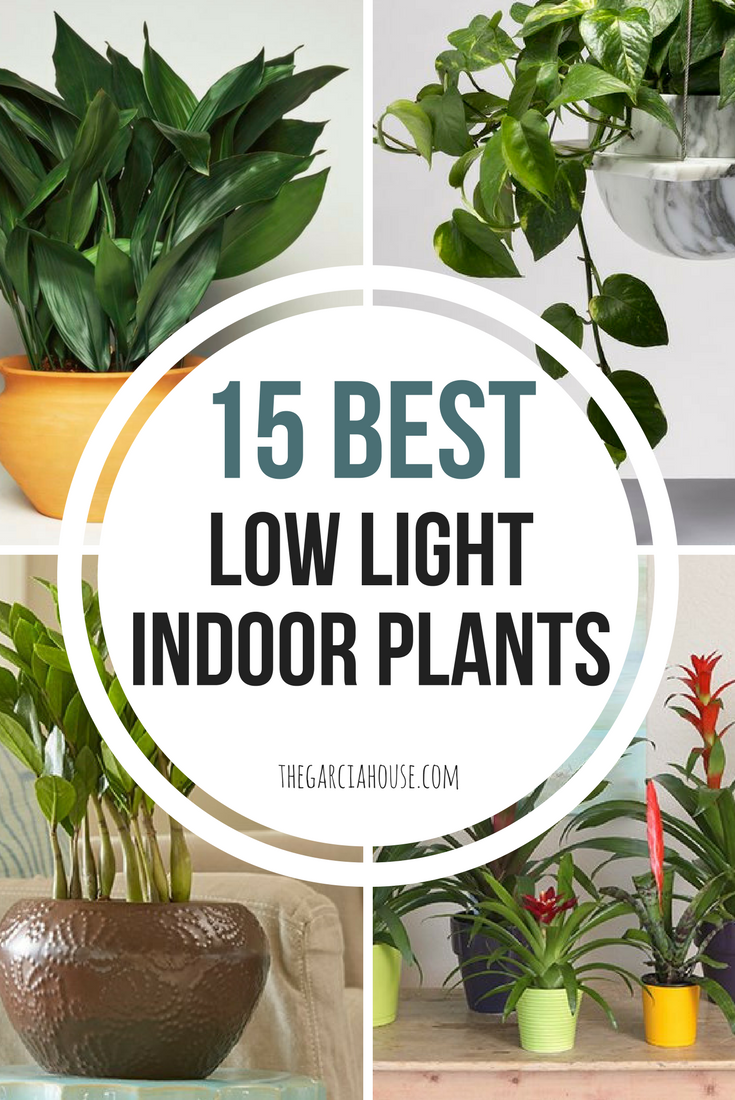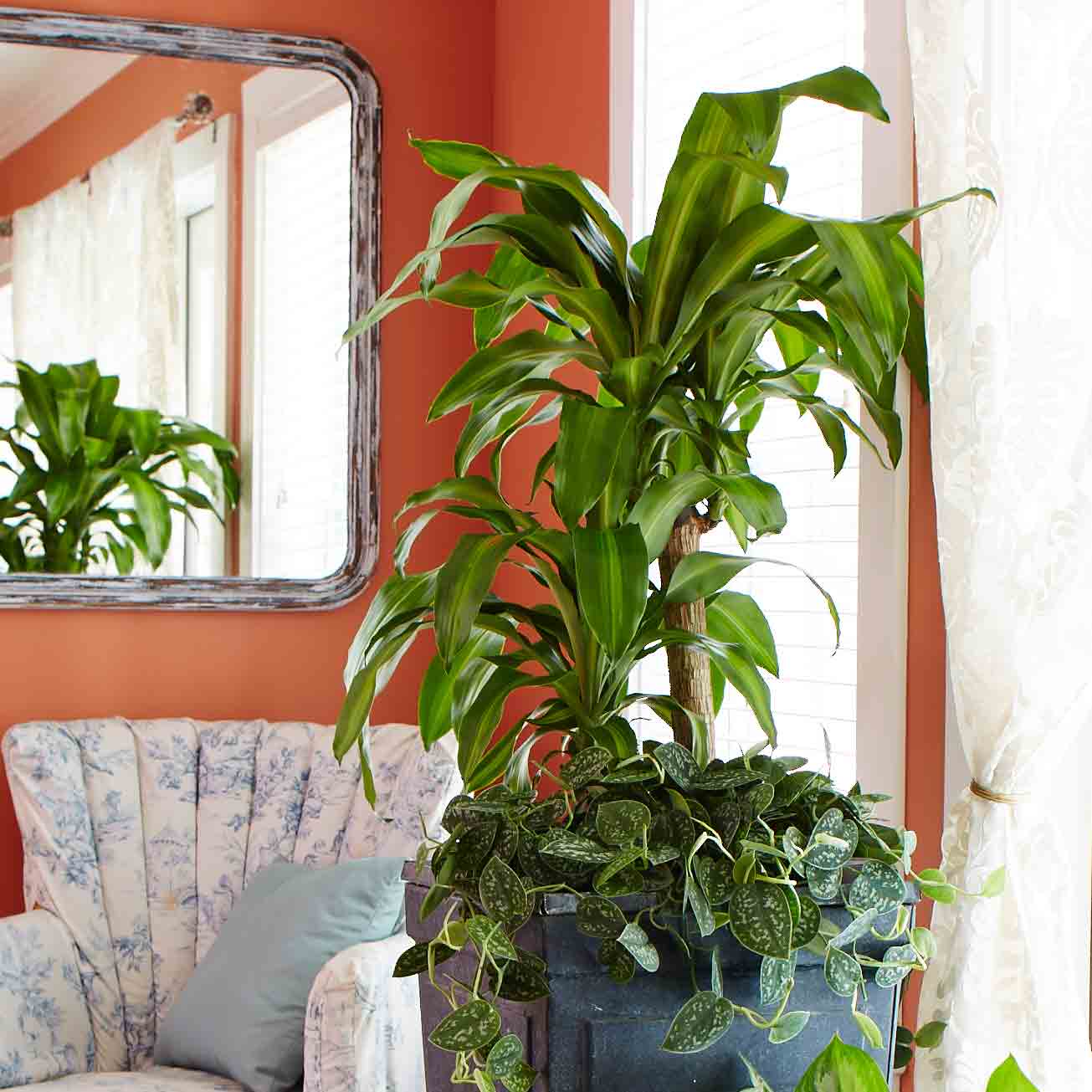How to Choose the Best Low-Light Indoor Plants for Your Interior Design Needs
How to Choose the Best Low-Light Indoor Plants for Your Interior Design Needs
Blog Article
Transform Your Home With Beautiful Low-Light Indoor Plants and Their Advantages
Integrating low-light interior plants into your home can considerably improve both the environmental and aesthetic top quality of your home. These plants, which grow in dim problems, serve not only as ornamental elements however likewise as natural air cleansers, making them ideal for city occupants or those with restricted sunlight exposure. As we explore the different sorts of low-light plants and their advantages, you may find shocking means to incorporate them right into your home that can change your environments in means you might not have actually expected.
Benefits of Low-Light Plants
Low-light plants offer many advantages for indoor settings, making them a superb option for both newbie and knowledgeable gardeners. One of the primary advantages is their adaptability to low-light conditions, allowing people to enhance their home without the need for extensive sunlight direct exposure. This characteristic makes them perfect for homes, workplaces, and various other areas with limited natural light.

In addition, including low-light plants right into home decor can elevate the visual charm of an area. Their lush foliage and varied structures produce a relaxing ambience, adding to overall wellness. The presence of greenery has actually been connected to minimized stress levels and boosted productivity, making low-light plants a sensible choice for improving both physical and psychological wellness in interior settings.
Leading Low-Light Indoor Plants
While numerous indoor plants flourish in brilliant light, numerous varieties are especially appropriate for low-light conditions, making them ideal for numerous indoor areas. One popular selection is the Snake Plant (Sansevieria), recognized for its striking upright fallen leaves and resilience, calling for very little care. One more exceptional alternative is the Pothos (Epipremnum aureum), which includes heart-shaped leaves and can route wonderfully from racks or wall mounts, flourishing in reduced light and adding a lush touch.
The ZZ Plant (Zamioculcas zamiifolia) is commemorated for its glossy fallen leaves and capacity to hold up against overlook, making it excellent for hectic way of livings. The Tranquility Lily (Spathiphyllum) not just tolerates low light but additionally creates stunning white flowers, enhancing any kind of room's aesthetic.
For a special touch, take into consideration the Cast Iron Plant (Aspidistra elatior), which indeed lives up to its name, flourishing in the darkest corners of your home. Lastly, the Chinese Evergreen (Aglaonema) provides a range of fallen leave patterns and colors while being extremely flexible in low-light conditions. These plants not just improve interior atmospheres however likewise add to air filtration, improving your home.
Treatment Tips for Low-Light Plants

Watering methods are essential; these plants usually like somewhat completely dry problems. Overwatering can cause root rot, so ensure that the leading inch of dirt is dry prior to watering once more. Use pots with water drainage openings to enable excess dampness to escape.
Humidity is an additional essential factor. Lots of low-light plants, such as brushes and tranquility lilies, benefit from greater humidity levels. To enhance moisture, think about misting the leaves or placing a tray of water near the plants.
Fertilization ought to be come close to with caution. Throughout the expanding season, utilize a watered down, balanced fluid fertilizer each month to sustain growth, but prevent fertilizing throughout the dormant winter season months.

Imaginative Ways to Display Plants
Interior plants can act as exciting focal points in any type of space, improving both aesthetic allure and atmosphere. Innovative display screens can raise the aesthetic effect of low-light plants, making them an important part of your home decoration. One effective technique is to make use of tiered plant stands, which permit you to display numerous plants at varying heights while taking full advantage of floor room.
Hanging planters read this post here are one more cutting-edge option, creating a feeling of deepness and drawing the eye upward. Take into consideration macramé hangers or wall-mounted racks to present an one-of-a-kind texture and style.
For an extra organized strategy, use geometric terrariums or glass containers to house your plants, including a modern-day touch to your interior garden. You can additionally repurpose classic things, such as teacups or wooden pet crates, for a diverse display screen that shows your personality.
Enhancing Home Ambiance With Plants
Integrating low-light plants right into your home not just improves visual charm however likewise contributes significantly to the total setting. These plants serve as all-natural style components, introducing a sense of serenity that can transform any type of space. The existence of plant promotes a calming ambience, which is particularly helpful in high-stress atmospheres such as home offices or living spaces.
Low-light plants, such as serpent plants, pothos, and ZZ plants, are not only cosmetically pleasing yet also enhance interior air quality by filtering contaminants. This dual feature boosts the atmosphere further, developing a healthier living area (Best low-light indoor plants). The calculated placement of these plants can likewise influence the understanding of area; as an example, tall plants can draw the eye upwards, making ceilings appear higher and areas more large
In addition, varying textures and shades of vegetation add deepness to indoor layout, allowing for imaginative expression in home styling. Whether put on shelves, in edges, or as centerpieces, low-light plants can Click Here raise the mood of any kind of room. In recap, incorporating these plants into your home is an effective method to promote a warm, welcoming environment while profiting of enhanced air top quality and visual convenience.
Conclusion
Integrating low-light indoor plants into home atmospheres provides many benefits, including enhanced aesthetic charm and improved air top quality. These resilient plants, such click for source as the Serpent Plant and Tranquility Lily, need marginal light and maintenance, making them appropriate for diverse way of livings.
While lots of indoor plants flourish in intense light, numerous species are especially appropriate for low-light conditions, making them optimal for numerous interior spaces. One effective technique is to use tiered plant stands, which allow you to display numerous plants at varying heights while maximizing floor room.
Low-light plants, such as snake plants, pothos, and ZZ plants, are not only aesthetically pleasing but additionally improve interior air high quality by filtering system toxins. Best low-light indoor plants. The strategic placement of these plants can likewise affect the understanding of space; for circumstances, high plants can attract the eye up, making ceilings show up greater and areas a lot more sizable
These resistant plants, such as the Serpent Plant and Tranquility Lily, call for very little light and upkeep, making them suitable for varied way of lives.
Report this page